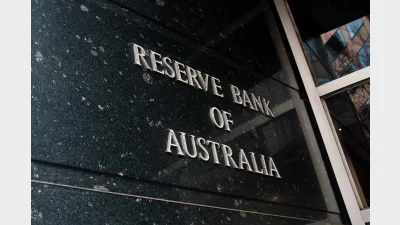ATO warned on CGT relief regime



The Australian Taxation Office (ATO) has been warned that its proposed capital gains tax (CGT) relief regime presents significant practical challenges for large, unsegregated superannuation funds.
What is more, the ATO has been told that the cost of complying with the transitional arrangements may be “disproportionate to achieving the intended purpose”.
The Association of Superannuation Funds of Australia (ASFA) has used a submission to the ATO to warn not only of the practice challenges entailed in the proposed new CGT regime flowing from last year’s Budget but of the costs.
The ASFA submission said that these practical challenges would mean that superannuation funds might not be able to utilise fully the relief as intended and may incur considerable expense and risk in developing and implementing an interim solution that complies with the legislation.
“This potential loss of tax benefit and the significant, additional, cost involved in complying with the legislative method generally will be borne by the members of affected superannuation funds,” the submission said.
It went on to say that whilst the theory behind the transitional CGT relief was logical, the assessment undertaken by many large unsegregated superannuation funds and their custodians since the legislation was finalised (and even earlier when the exposure draft version was released for consultation) was “that there are significant practical challenges that may prevent them from accessing the relief”.
“The single biggest impediment is that at least some of the custodians of superannuation funds (on whom funds rely for their broader CGT reporting) have indicated that significant upgrades may be necessary to their tax reporting and underlying IT systems to accommodate the relief.
Recommended for you
The central bank has announced the official cash rate decision for its November monetary policy meeting.
Australia’s maturing superannuation system delivers higher balances, fewer duplicate accounts and growing female asset share, but gaps and adequacy challenges remain.
Global volatility and offshore exposure have driven super funds to build US-dollar liquidity buffers, a new BNY paper has found.
Less than two in five Australians are confident they will have sufficient assets to retire and almost three-quarters admit they need to pay greater attention to their balance, according to ART research.









